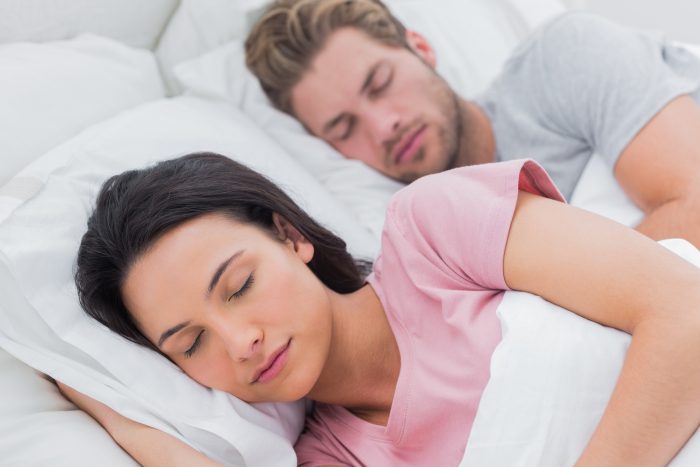Does exercise REALLY help you sleep better?
 One of the common benefits of exercise is that it can help you sleep better. But, does it really help or is that just “an old trainers’ tale”? Beyond the anecdotal support for this often-overlooked benefit of exercise, research shows that those who are more active really do experience better sleep compared to their more sedentary counterparts.
One of the common benefits of exercise is that it can help you sleep better. But, does it really help or is that just “an old trainers’ tale”? Beyond the anecdotal support for this often-overlooked benefit of exercise, research shows that those who are more active really do experience better sleep compared to their more sedentary counterparts.
A large general population study, recently published in the journal Sleep, evaluated sleep patterns and what effects physical activity versus sedentary behavior had on duration and quality of sleep. Over 2600 adults participated in the study and recorded both time of physical activity (PA) as well as sedentary behavior (SB) for 2 weeks. Activity was measured with 14-day accelerometry, which means that their movement was identified and assessed using electromechanical devices that they wore during the study, as well as validated questionnaires.
Those whose PA fell in the lowest third of the subject group were considered Low PA. Likewise, those whose SB were in the highest third of the subject group were identified as High SB, etc. Researchers also gave specifically-defined “Inactive,” “Weekend Warrior,” and “Regularly Active” weekly patterns for use in the questionnaires and study.
Sleep efficiency is an important measurement referring to the total time in bed that is actually spent asleep. It is calculated as the sum of time in each stage of sleep, divided by the total time spent lying in bed trying to sleep. According to a 2014 report entitled How to Interpret the Results of a Sleep Study, sleep efficiency is considered to be a good indicator of “an overall sense of how well the patient slept.”
Results of this new research showed that subjects who fell into the High PA category tended to have higher sleep efficiency. Findings for the Low SB participants revealed similar links. When compared to “Inactive”, the “Weekend Warrior” group also experienced higher sleep efficiency. Additionally, High PA, Low SB and “Weekend Warrior” group were all less likely to have evening chronotype. (Chronotype refers to the tendency for an individual to sleep at a certain time.)
Those with a delayed sleep period or “evening chronotype” are sometimes referred to as “night owls”. The specific causes and management of chronotypes have not yet been determined. However, research is emerging that it is likely a combination of genetics and environmental interactions such as light, social activities, and work or school schedules.
This study found no significant connections between PA/SB and sleep duration, insomnia, daytime sleepiness or sleep apnea. Therefore, the researchers concluded that High PA and Low SB individuals have a higher sleep efficiency and are less likely to have evening chronotype. Even if they don’t sleep longer, they can sleep better.
If you have a highly sedentary lifestyle and are having trouble sleeping soundly, consider adding some physical activity to your routine. You can talk to your chiropractor at your next appointment about what activities might be best suited to your needs. Then give it a try! Who knows, you might catch some extra zzzz’s as a bonus reward!
REFERENCES:
Gubelmann C, Heinzer R, Haba-Rubio J, Vollenweider P, Marques-Vidal P. Physical activity is associated with higher sleep efficiency in the general population: the CoLaus study. Sleep. 2018 Jul 1;41(7). doi: 10.1093/sleep/zsy070.
Chronotype – Wikipedia https://en.wikipedia.org/wiki/Chronotype
Shrivastava D, Jung S, Saadat M, Sirohi R, Crewson K. (2014). How to interpret the results of a sleep study. Journal of Community Hospital Internal Medicine Perspectives, 4(5), 24983. doi:10.3402/jchimp.v4.24983